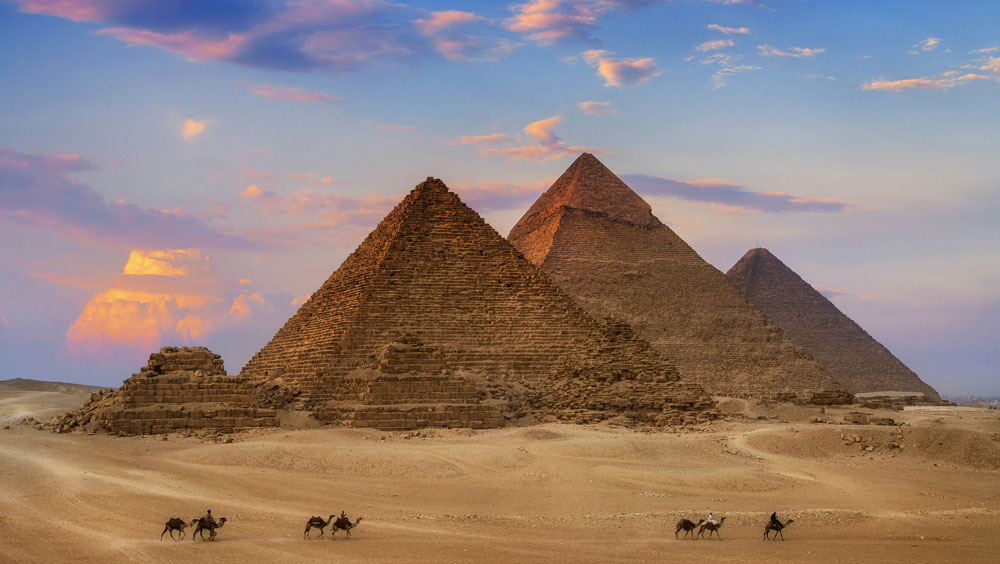The Pyramids of Giza continue to captivate our imaginations as one of the most iconic and enduring monuments of ancient civilization. Located on the Giza Plateau near Cairo, Egypt, these remarkable structures have stood the test of time for over 4,500 years. While their purpose and creation are subjects of great debate and fascination, there are numerous intriguing aspects about the Pyramids of Giza that many might not know. In this article, we explore the top 10 most interesting facts about the Pyramids of Giza that shed light on their grandeur and mystery.
Masterpieces Of Precision Engineering
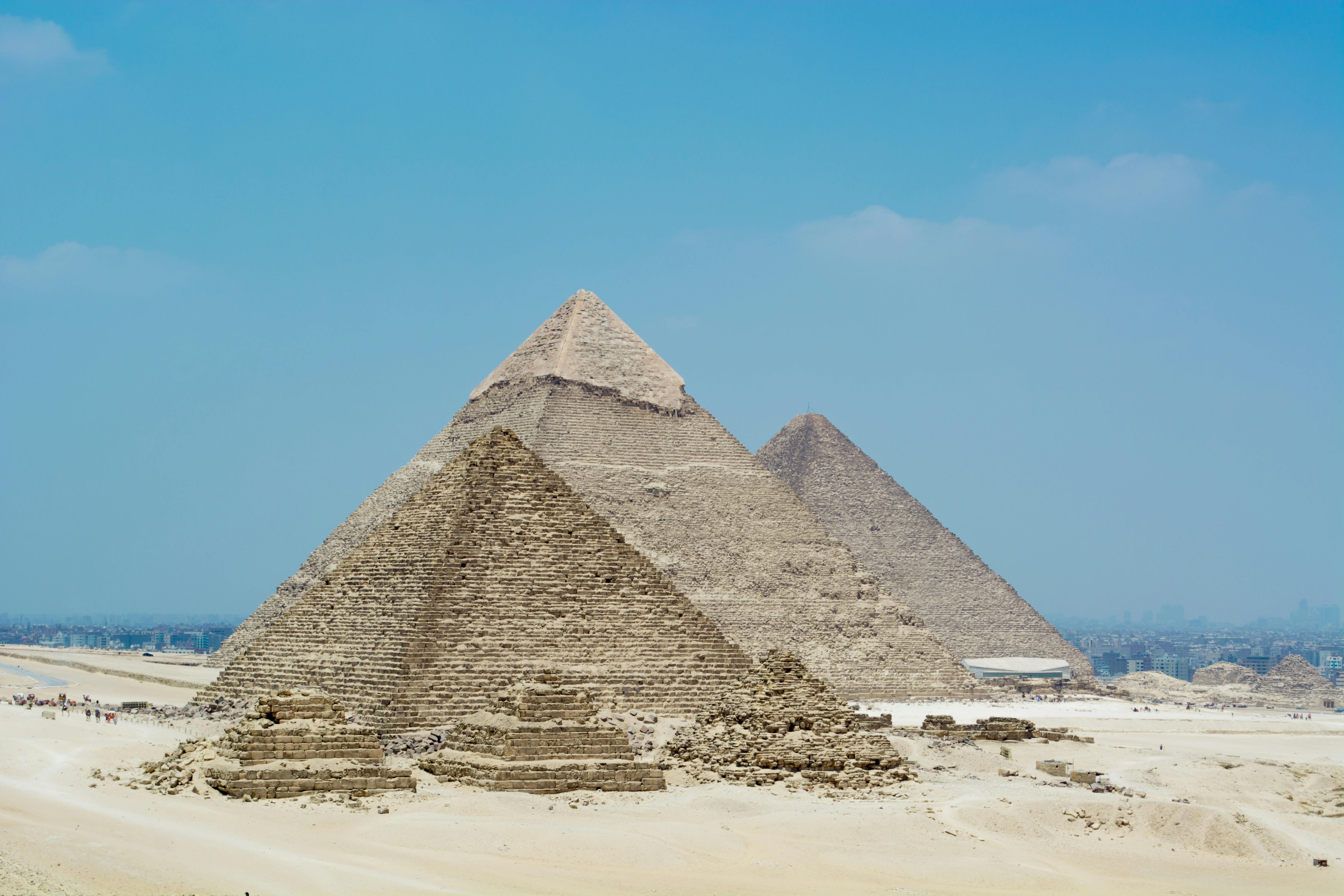
The engineering precision of the Pyramids of Giza, particularly the Great Pyramid, continues to astound modern architects and historians alike. This alignment with the cardinal points wasn't merely a coincidental feat; it was a testament to the sophisticated understanding of mathematics and astronomy that the ancient Egyptians possessed. The builders meticulously calculated the pyramid’s orientation, ensuring that its sides aligned with the north, south, east, and west, which demanded a deep comprehension of geographical positioning and celestial phenomena. Such precision raises intriguing questions about how this ancient civilization acquired and applied such advanced knowledge without the technology available today. This accomplishment not only underscores their engineering prowess but also reflects their profound connection with the cosmos, as the pyramids served not only as monumental tombs but also as focal points of cultural and religious significance, aligned with the stars and serving as bridges between the earthly and the divine..
Mysterious Construction Techniques
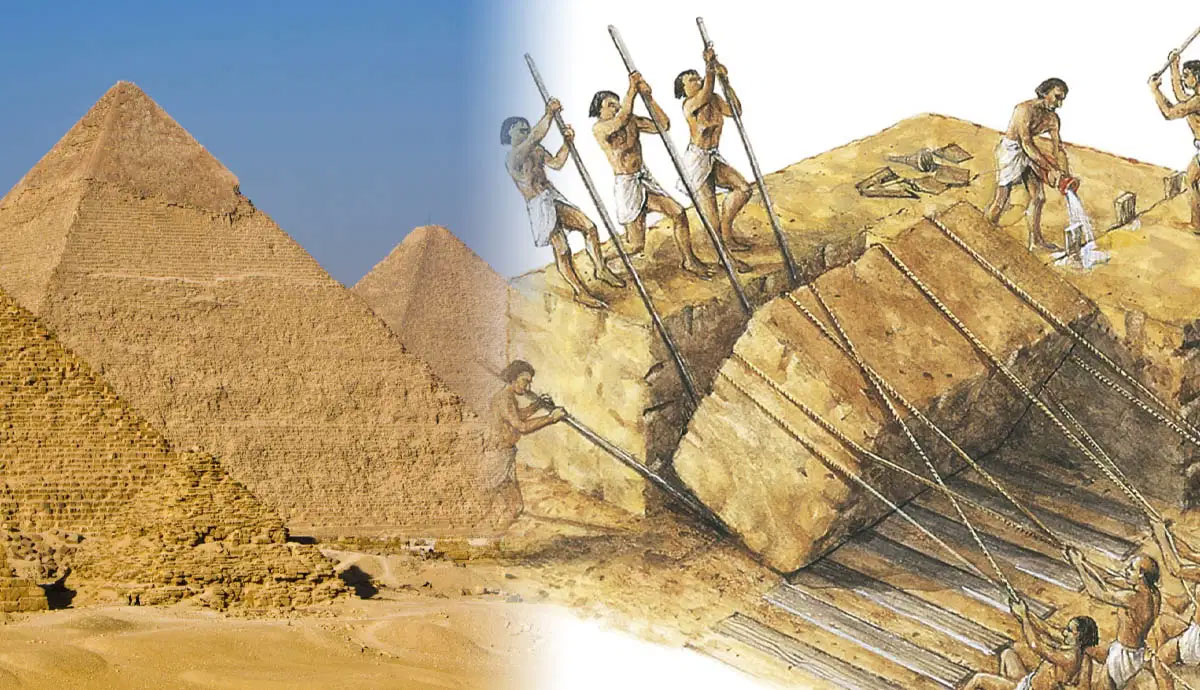
The enigmatic construction of the Pyramids of Giza captivates both historians and engineers alike, inviting a plethora of theories and hypotheses. Some suggest the ancient builders employed a straight or spiral ramp to transport the massive stones, leveraging manpower and simple tools. Others propose the use of counterweights or a sophisticated system of levers and pulleys to finesse the heavy blocks into their precise positions. Additionally, recent discoveries hint at the possibility of an intricate network of canals that might have facilitated the transport of these colossal stones from distant quarries. While modern technology allows us to recreate potential methods, the ingenious determination and skill of the ancient Egyptians continue to astound, preserving the pyramids' status as a quintessential symbol of human achievement and mystery..
A Burial Ground For Pharaohs
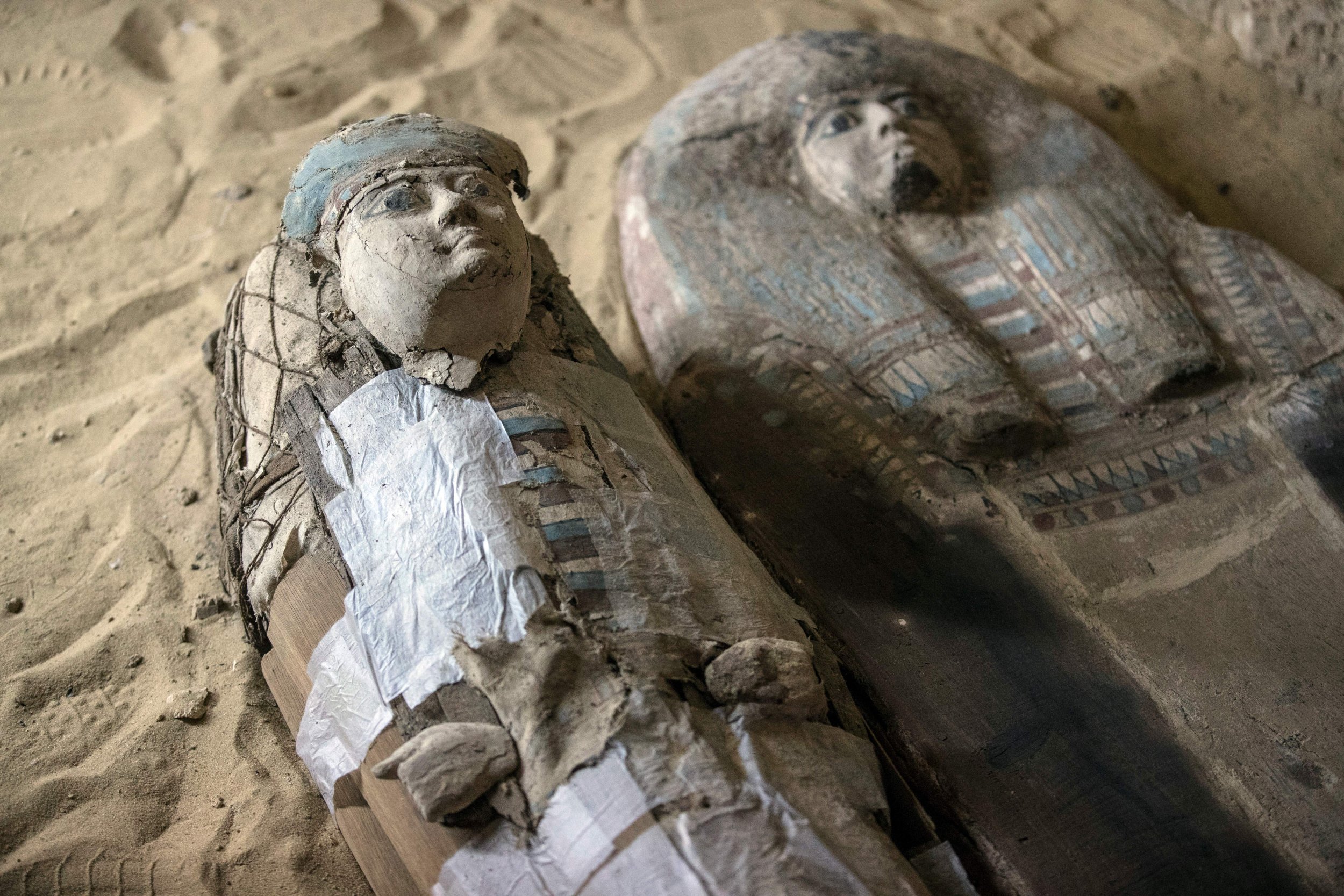
The construction of the Pyramids of Giza reflects not only the architectural prowess of ancient Egypt but also the civilization's deep-seated beliefs in the afterlife and the divine status of their rulers. The pyramids, particularly the Great Pyramid of Khufu, dominate the Giza Plateau with their formidable size and precision, standing as a testament to the sophisticated understanding of mathematics and astronomy that guided their construction. These grandiose tombs were designed to ensure the safe passage and eternal protection of the Pharaohs' spirits, facilitating their journey to join the gods. Each pyramid complex, with its surrounding necropolis, mortuary temples, and causeways, formed a sacred precinct intended to honor the deceased and invoke the presence of deities, reinforcing the pharaohs' role as intermediaries between their people and the divine. This intricate system not only showcased the wealth and power of the Egyptian state but also symbolized the enduring quest for immortality that was central to Egyptian mythology and kingship..
The Last Standing Wonder
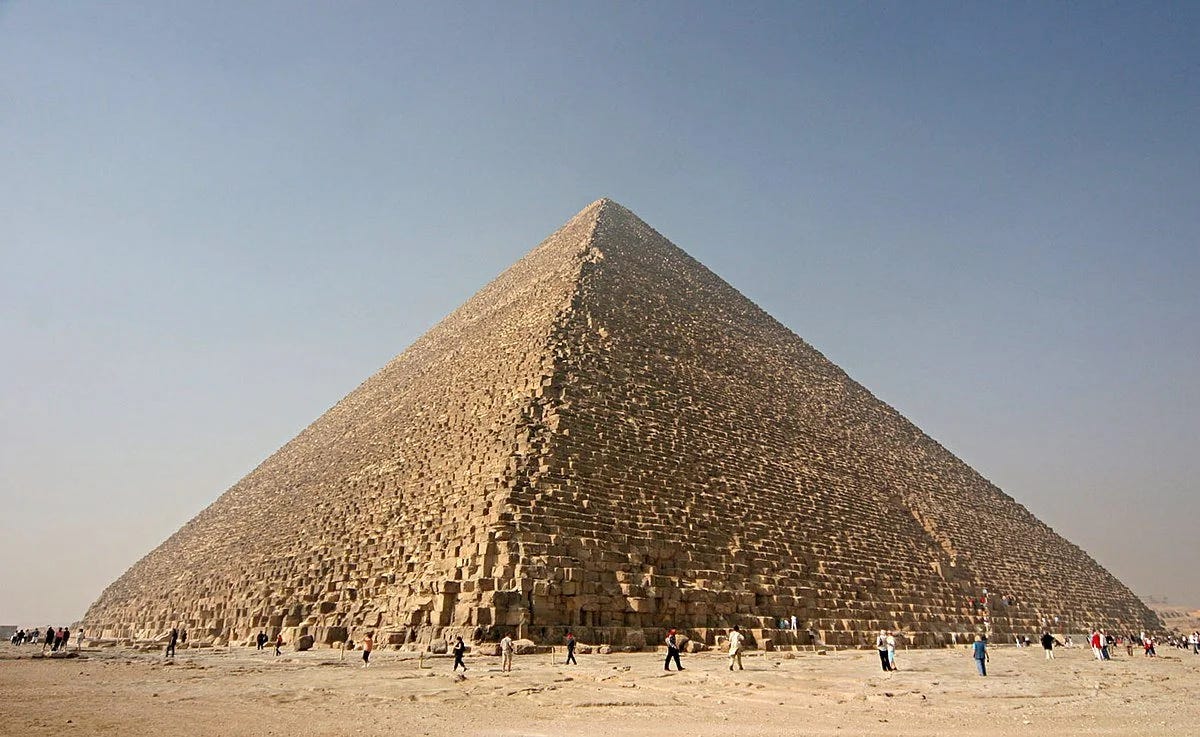
The Great Pyramid of Giza stands as a testament to the ingenuity and resilience of ancient Egyptian civilization. Rising majestically from the sands of the Giza plateau, this enduring monument has witnessed the passage of countless generations and the evolution of human history. Its precise alignment with the cardinal points and its formidable size have baffled historians and architects alike, sparking endless fascination and theories regarding the methods employed in its construction. The pyramid's ability to withstand the ravages of time—weathering natural forces and human intervention alike—speaks volumes about the advanced knowledge and unwavering dedication of its creators. As the solitary survivor among its peers in the pantheon of ancient wonders, the Great Pyramid continues to inspire awe and reverence, bridging the gap between the ancient past and the present..
A Source Of Inspiration
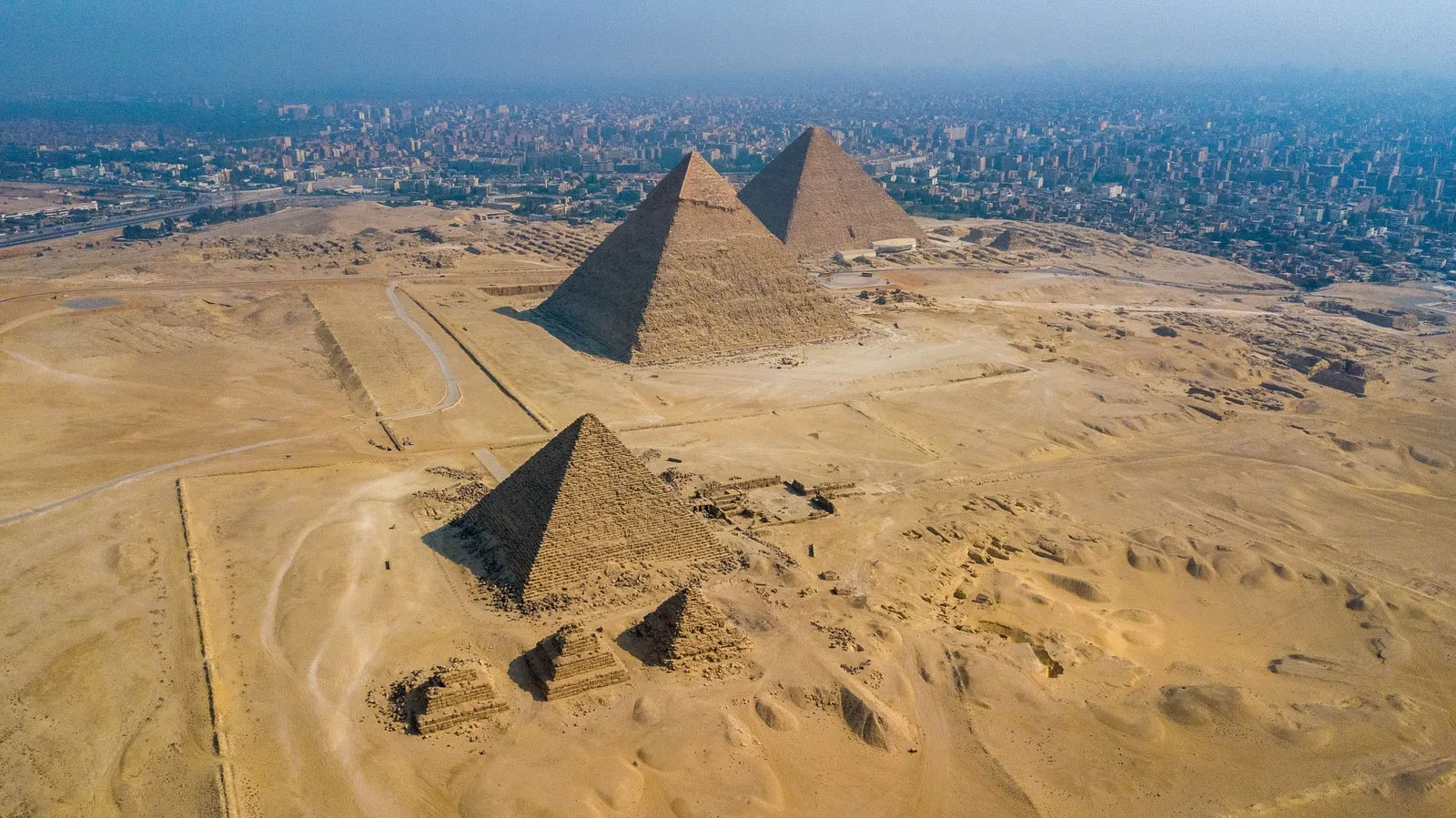
The Pyramids of Giza, standing as timeless sentinels of ancient Egypt, have long captured the imagination of storytellers, historians, and adventurers alike. Their colossal size elicits a sense of grandeur that transcends time, while their enigmatic construction, involving millions of painstakingly placed stones, adds a layer of intrigue that has inspired generations to ponder their origins and purpose. Myths abound regarding their function, with tales ranging from them being portals to otherworldly realms to vast repositories of hidden treasures and forbidden knowledge. In modern times, the allure of these ancient monuments has led to a renaissance in both scholarly pursuit and creative exploration. Researchers tirelessly decode hieroglyphics and use advanced technology to uncover secrets buried beneath their ancient sands, while filmmakers and writers craft narratives that bring these age-old wonders to life in new and imaginative ways. Thus, the Pyramids of Giza continue to straddle the realms of historical fact and legendary fiction, promising new discoveries and stories for generations to come..
The Great Sphinx Connection
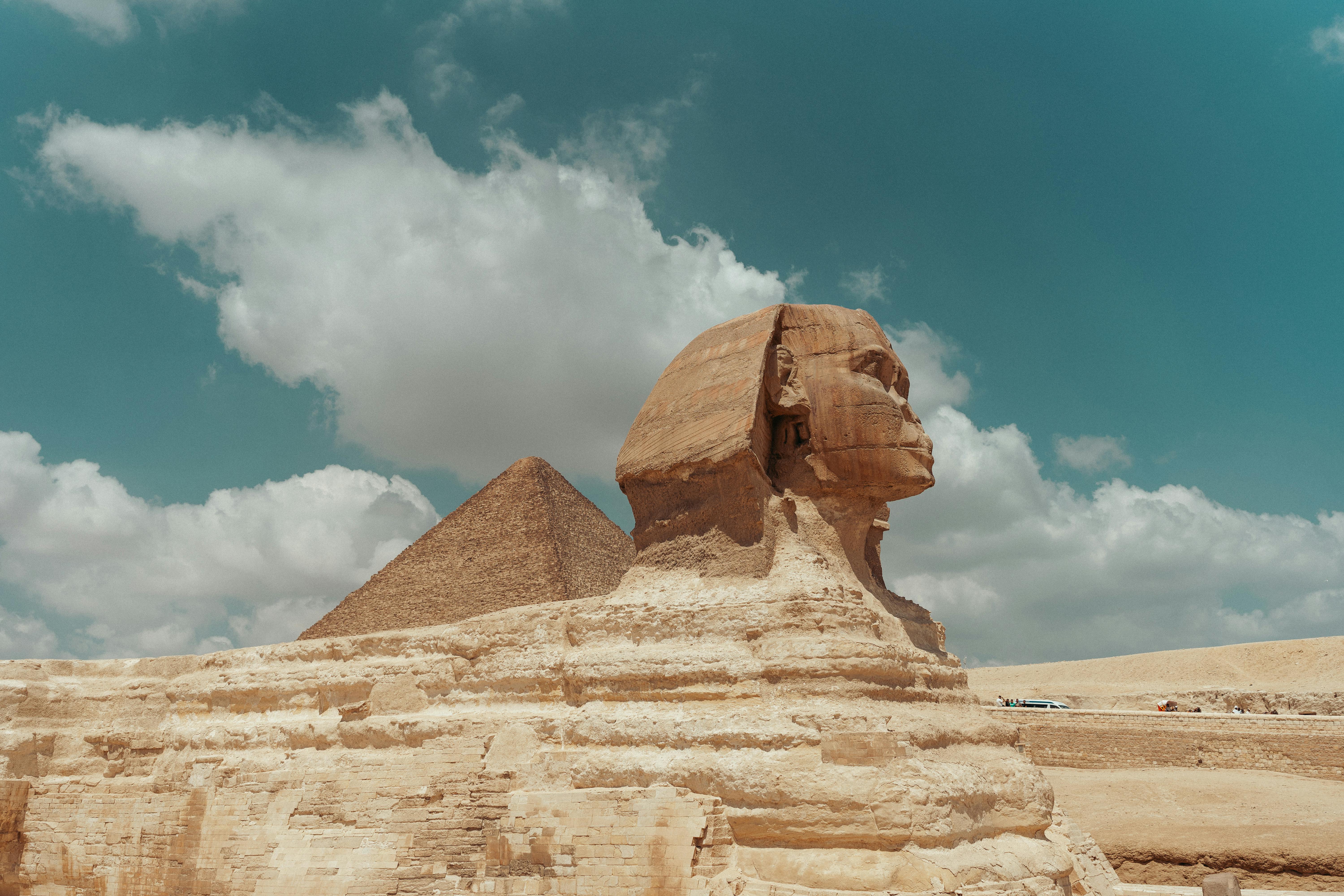
The Pyramids of Giza share the plateau with another iconic symbol of ancient Egypt: the Great Sphinx. This massive limestone statue with the body of a lion and the head of a pharaoh adds to the enigmatic nature of the site. The Sphinx is often said to guard the pyramids and is laden with its own set of mysteries, including the unknown identity of the pharaoh it represents. Surrounding this timeless guardian is an aura of intrigue that invites endless theories and speculations. Some scholars propose it embodies Pharaoh Khafre, aligning with the construction of the second pyramid, while folklore offers more mystical interpretations. Despite the wear of centuries, the Sphinx's gaze remains steadfast, as if eternally pondering its own secrets. The balance of human and beast in its form mirrors the complex interplay between earth and sky that the ancient Egyptians revered, making it not only a monument of stone but a touchstone of humanity's earliest quests for meaning amidst the sands of time..
Astronomical Alignments
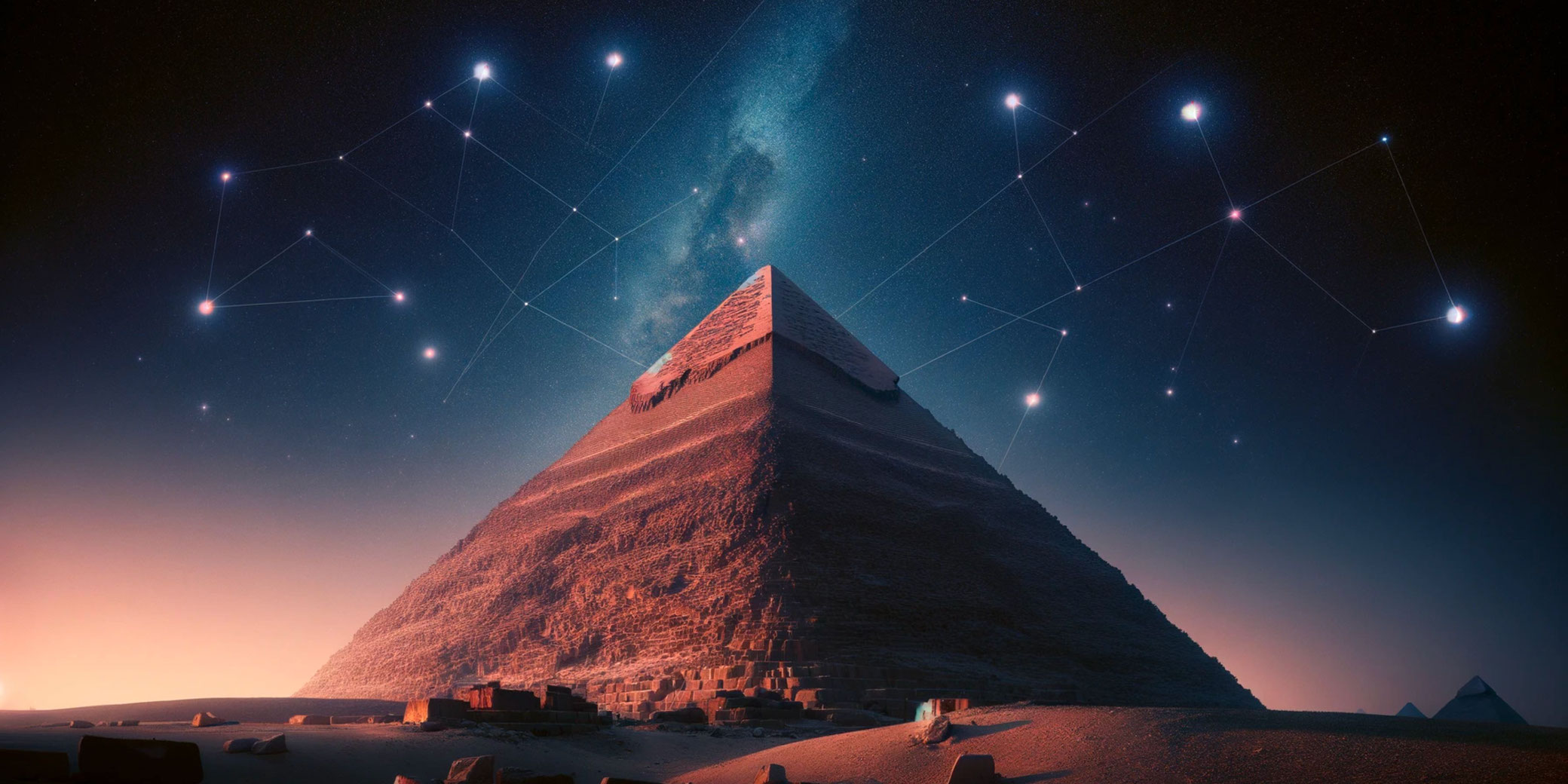
Furthermore, the precise alignment of the Pyramids of Giza with celestial bodies like the Orion constellation is not only a testament to the advanced astronomical knowledge of the ancient Egyptians but also reflects the integration of their cosmology and daily life. Some scholars propose that the pyramids' placement and orientation were deliberately designed to mirror the heavens, anchoring the world of humans with that of the divine. This symbolic bridge between earth and sky emphasizes the Egyptian belief in an afterlife, where the pharaohs, who were considered living gods, would ascend and join the celestial realm. The orientation towards the Orion constellation, in particular, suggests an intent to connect the deceased pharaohs with Osiris, the god of the afterlife, solidifying their place among the gods and ensuring their eternal rebirth and immortality. This harmonious blend of architecture, religion, and astronomy underscores the multifaceted legacy of the pyramids as monumental achievements that continue to captivate the imagination and curiosity of people worldwide..
An Ancient Economy Boost

The construction of the pyramids, an awe-inspiring feat of engineering and logistics, not only symbolized the grandiosity of ancient Egypt but also served as an economic catalyst within the civilization. This colossal endeavor mobilized vast numbers of skilled and unskilled workers, whose efforts were meticulously organized to execute such monumental projects. Recent archeological findings have shed light on the lives of these laborers, revealing that they were skilled craftsmen and not merely slaves; they were provided with ample nourishment and adequate living conditions, underscoring the importance of their roles. These developments indicate a sophisticated economic structure capable of sustaining large-scale projects through an intricate balance of agriculture, resource management, and labor organization. Such insights challenge previous narratives and highlight the pyramids not just as tombs, but as embodiments of a thriving economy and a testament to human perseverance and ingenuity..
Eternal Symbol Of Egypt
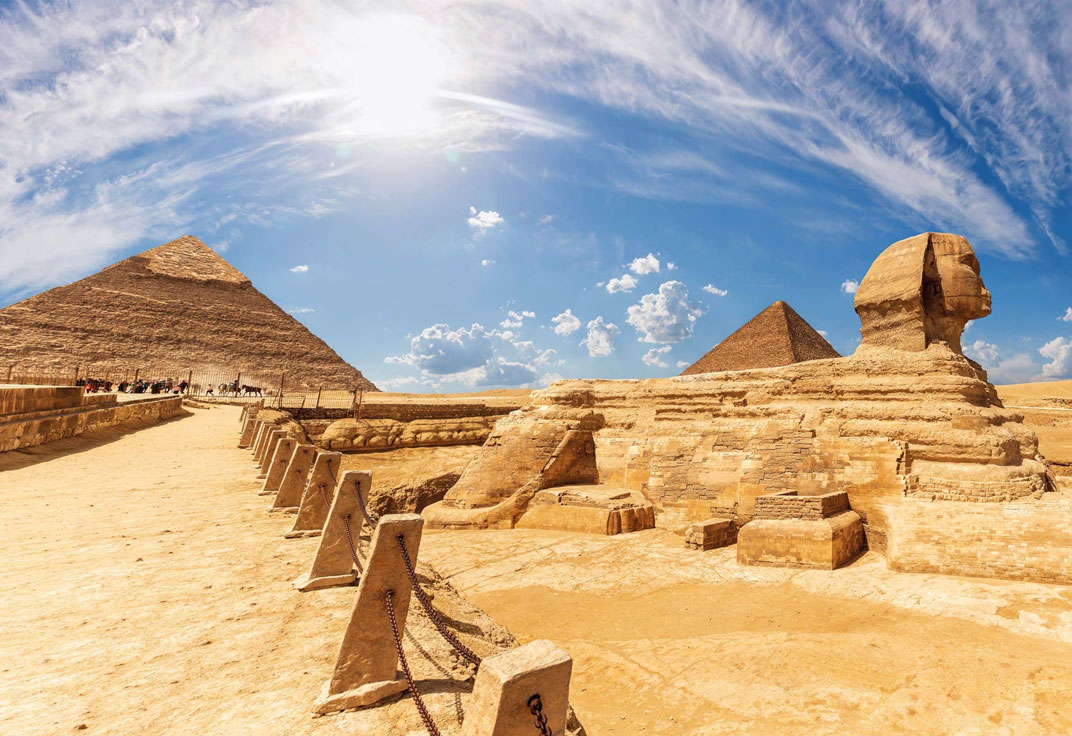
Lastly, an interesting fact about the Pyramids of Giza is their iconic status as a symbol of Egypt itself. They have been depicted in countless works of art, literature, and media, earning a cherished place in global cultural heritage. This timeless association with Egypt reinforces the pyramids as an enduring image of the country’s rich and ancient history. Furthermore, the Pyramids continue to captivate the imagination of historians and tourists alike with their architectural sophistication and mysteries that remain unsolved, such as the precise methods of construction employed by the ancient Egyptians. The alignment of these monumental structures with celestial bodies also underscores their significance beyond mere burial places, suggesting a deeper understanding of astronomy by the civilization that built them. As a testimony to human ingenuity and ambition, the Pyramids of Giza not only symbolize Egypt's past but also highlight the universal quest for knowledge and exploration that transcends time and borders..
The Pyramids of Giza continue to intrigue and inspire people across the globe. Encompassing engineering prowess, mysterious origins, and cultural significance, these ancient structures offer a window into the depths of human history and creativity. As we have explored through the top 10 most interesting facts about the Pyramids of Giza, they remain a testament to the ingenuity and vision of the ancient Egyptians—a legacy that has captivated generations and will continue to do so for millennia to come.

